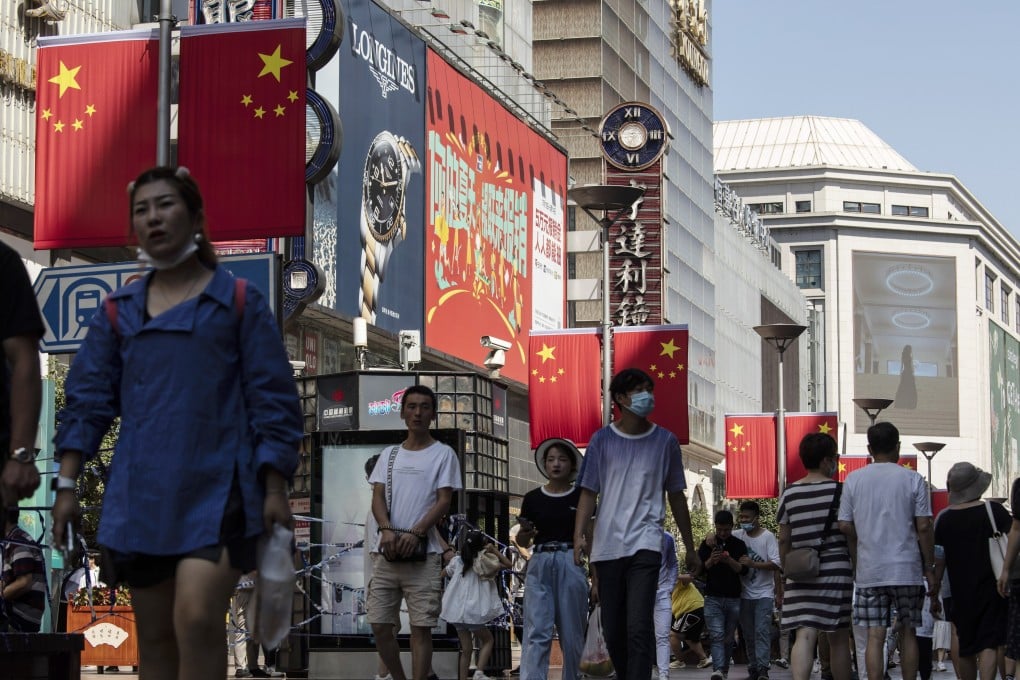Inflation isn’t China’s problem, income is: ‘all we can do is spend less’
- Contrary to the US, where inflation is out of control, China’s main economic risk is said to stem from hundreds of millions of people clinging to their savings as wages shrink or disappear
- Middle-class workers say they are struggling to maintain the same quality of life they had last year as economic conditions wane

Unlike in the West, where soaring inflation has brewed into a political storm, China’s middle class is more concerned with the ramifications of falling wages that are curbing non-essential spending and depressing the economic outlook.
But for the roughly 400 million members of China’s middle class, income reductions have become increasingly commonplace amid the nation’s strict zero-Covid policy and difficult economic conditions.
“From international and domestic news, we have seen that global commodity inflation is significant, and it will definitely affect China’s oil, natural gas and grain prices in the second half of the year,” said Gong Wentao, an independent investor in Shenzhen’s property market and the mainland’s stock market.
“But for ordinary people, we still believe in the ability of the Chinese government to stabilise basic prices … Such high inflation rates in the West will certainly not happen in China.